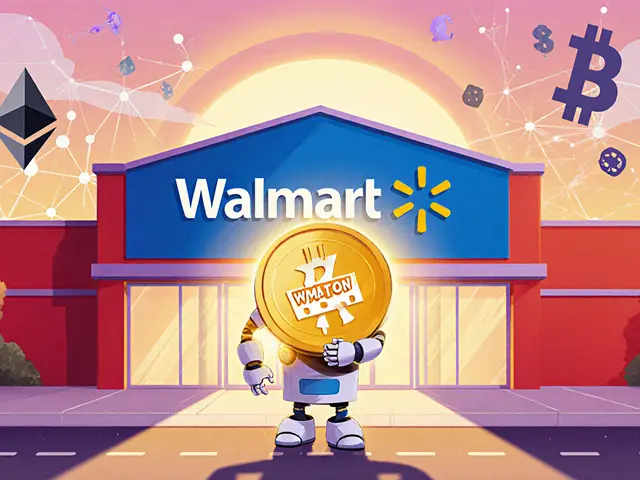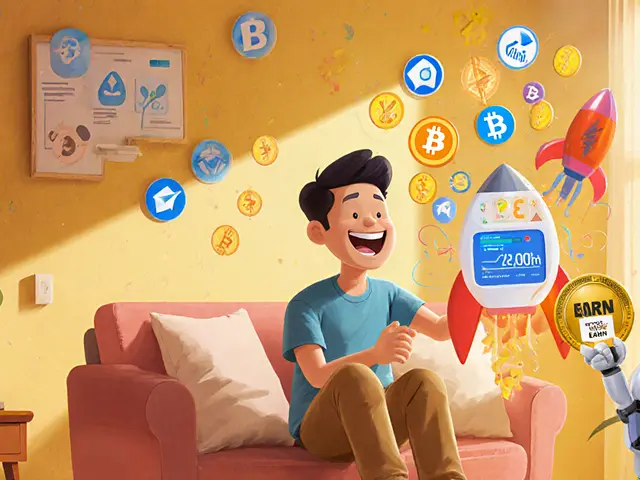RAI Finance: What It Is, How It Works, and Why It Matters in DeFi
When you think of stablecoins, you probably think of USDT or DAI—coins that try to stay worth exactly $1. But RAI Finance, a decentralized stablecoin system built on Ethereum that avoids dollar pegs entirely. Also known as RAI token, it’s designed to stay stable through market forces, not external anchors. Instead of chasing the dollar, RAI lets its price float and uses algorithmic incentives to keep it from swinging too wildly. It’s not trying to be a digital dollar—it’s trying to be a digital store of value that doesn’t rely on fiat backing.
RAI Finance runs on a system built by the same team behind MakerDAO, but it throws out the rulebook. While DAI is pegged to the US dollar and requires constant collateral adjustments, RAI ignores the dollar completely. It uses a feedback loop called the Redemption Rate to slowly nudge its price back toward equilibrium. If RAI drops too low, users are rewarded to buy it. If it rises too high, the system encourages selling. This creates a self-correcting mechanism that doesn’t need oracles, centralized reserves, or government-backed assets. That’s why it’s often called the first decentralized stablecoin, a type of crypto asset designed to maintain value without relying on external fiat currencies or centralized entities. It’s a bold experiment in monetary independence.
RAI Finance isn’t for everyone. If you want a coin that always equals $1, RAI will frustrate you. But if you’ve watched USDC freeze during bank runs or DAI de-peg during market crashes, you might see RAI as a quieter, more resilient alternative. It’s used by DeFi traders who want to avoid dollar exposure, by yield farmers looking for less volatile collateral, and by those who distrust centralized stablecoins altogether. You won’t find it on Coinbase or Binance, but you’ll see it on Uniswap, SushiSwap, and other DEXs where users trade based on real demand, not marketing claims.
Behind RAI is a deeper idea: that money shouldn’t be tied to the policies of a single country. That’s why it’s not just a token—it’s a statement. And while it’s still small compared to USDC or DAI, its user base grows every time someone gets tired of waiting for a dollar-pegged coin to behave like one. What you’ll find in the posts below are real breakdowns of how RAI works under the hood, how it compares to other stablecoins, and whether it’s actually safer in a crisis. Some posts dig into its smart contract design. Others show how traders use it in practice. A few even explain why it crashed 40% in a week—and why that wasn’t a failure, but a feature.



